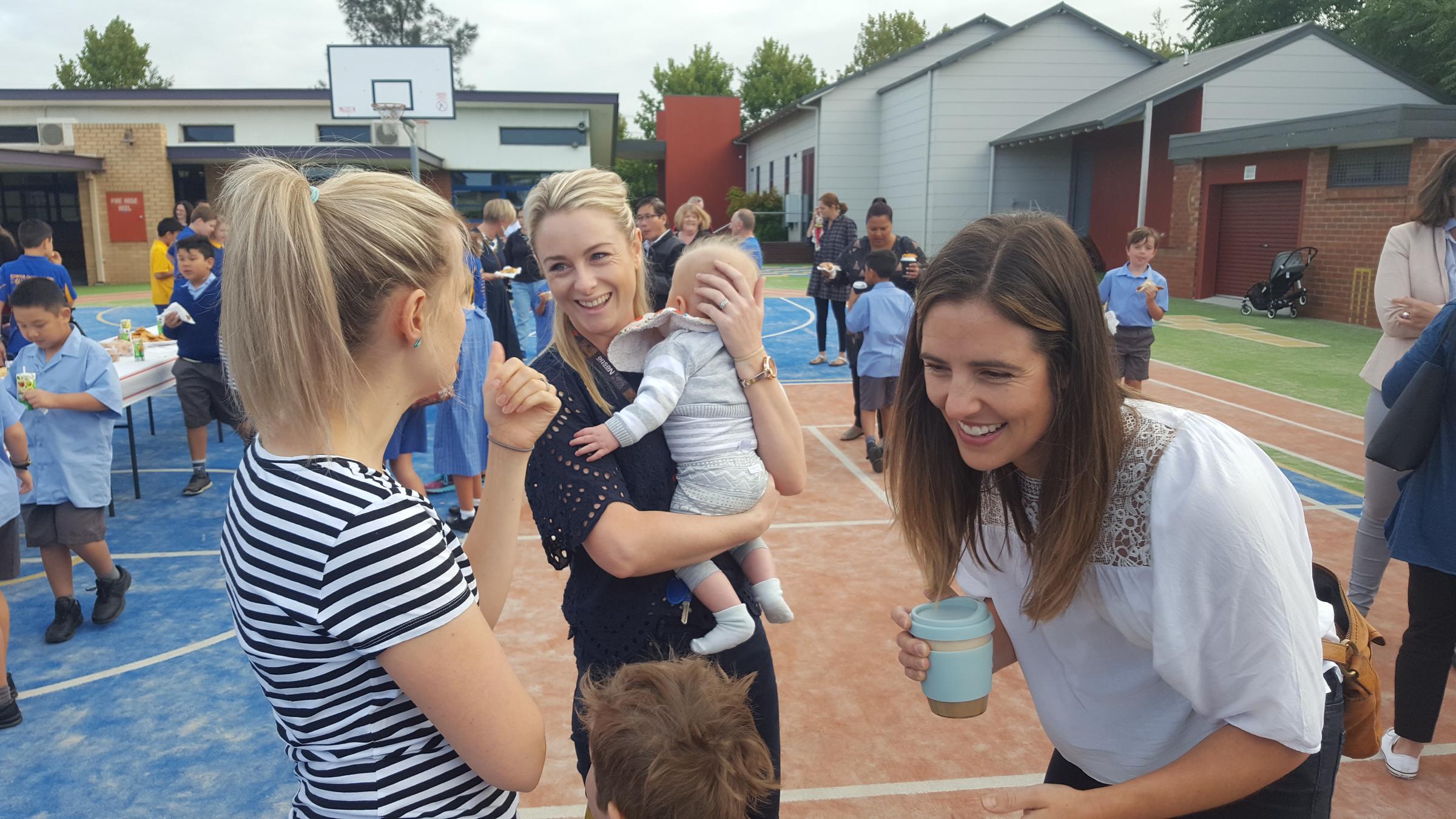Parent Partnerships

Building deep emotional connections with kids
Imagine your child comes to you upset that a sibling or friend has cheated in a game. There are a number of ways to respond, including telling them not to worry (“Let it go!”), advising them how to handle it (“Next time you keep the score.”) or empathising emotionally (“You must feel disappointed.”)
Each is a legitimate response for a parent and teacher to make, but only the latter builds a deep emotional connection. Importantly, the empathetic response builds a child’s or young person’s emotional intelligence as it taps into their ability to recognise current feelings.
How emotional connection works
Kids crave to be understood by others, especially by the people they love or respect. When you accurately feedback how a child or young person is feeling you demonstrate that you really care. Strong relationships are formed on the bedrock of care, kindness and compassion.
How to give emotional feedback that connects
Giving accurate emotional feedback to an upset child or teenager takes practice. It requires that you pay attention, move into the present moment, listen to a child and identify the feeling behind their words. High or loud emotions such as anger, annoyance and panic are often easier to identify than low or muted emotions such as worry, discouragement or loneliness.
An effective way to connect on an emotional level is to listen to what a child has to say, and then think back to a time you were in a similar situation. Imagine if a child says they feel horrible because their friends laughed at them when they made mistake in class. Rather than respond immediately, think back to a time when you made a mistake in front of others and identify how you felt. Embarrassed, ashamed, or annoyed? “I bet that you felt embarrassed and annoyed when your friends laughed at you.” Your child may tell you that you’re off the mark, but they’ll more than likely appreciate the empathy you show.
Feed back the positive emotions too
You don’t have to wait until something challenging happens to connect with a child on an emotional level. Accurately mirror positive feelings such as relief (after a stressful situation has passed), enthusiasm (as they begin something they love doing) and chilled (as they put their feet up at the end of the day). We all experience many emotions throughout the day. The ability to accurately recognise and feedback the emotions of children and young people is a wonderful way to build connections of quality and depth.


